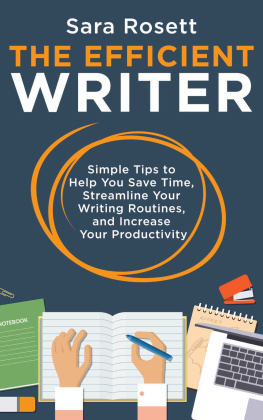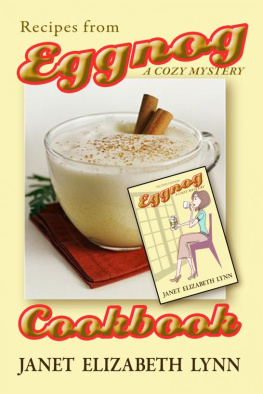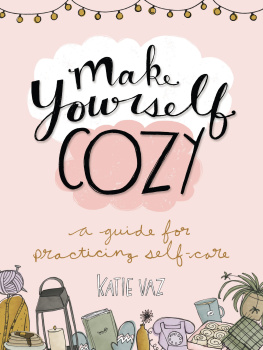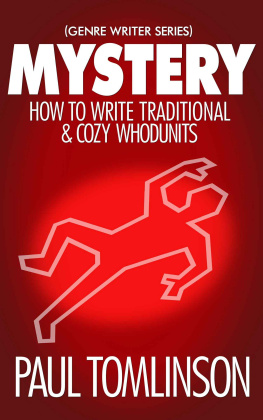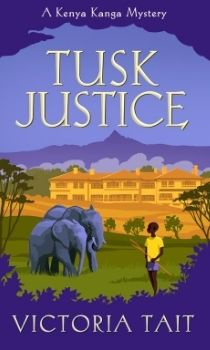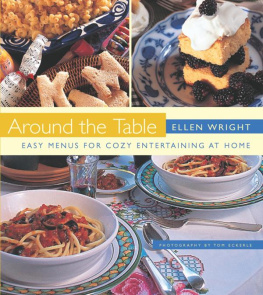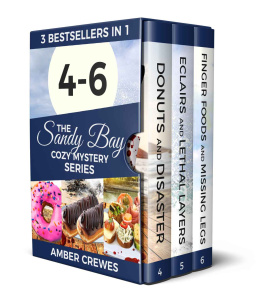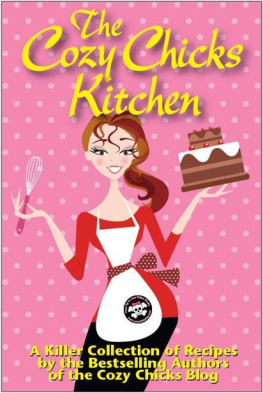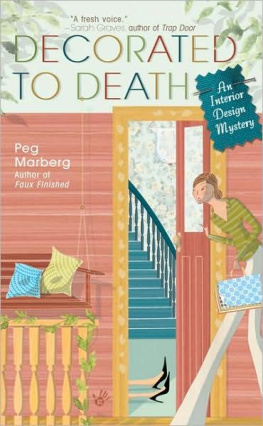How To Outline A Cozy Mystery
Book One in the Genre Fiction How To series
Sara Rosett
HOW TO OUTLINE A COZY MYSTERY WORKBOOK
Book One in the Genre Fiction How To series
Published by McGuffin Ink
Copyright 2016 by Sara Rosett
Cover Design: Inspired Cover Design
All rights are reserved. Without limiting the rights under copyright reserved above, no part of this work may be used, stored, transmitted, or reproduced in any manner or form whatsoever without express written permission from the author and publisher. All trademarks and registered trademarks that appear in this book are the property of their respective owners. This book is for informational purposes only. The reader is responsible for carrying out due diligence regarding advice, products, and services contained herein.
Contents
Introduction
Cozy mystery readers are a voracious bunch. They love their cozies, and they want more of them. If you want to write a cozy, this workbook will help you create a plan to get your words down on paper.
The How to Outline a Cozy Mystery Workbook is a companion to the How to Outline a Cozy Mystery Course. The online course provides visual illustrations and more in-depth detail, especially in the sections about Classic Plot Structure and how the cozy fits into that structure. Within the course, I provide questions at the end of each section to help you create your own cozy mystery outline. Youll find those questions listed here in this companion workbook plus additional questions to help you dig deeper as you outline your cozy.
Ive been writing and publishing for ten years, both in the traditional publishing world as well as in the indie, or self-publishing, world. I put together the How to Outline a Cozy Mystery Course and the How to Outline a Cozy Mystery Workbook to pass along what Ive learned and help aspiring cozy writers understand the structure of a cozy as well as the genre itself.
Who is this workbook for?
If you want to write a cozy, this workbook is definitely for you, but there are a few other groups of people who will find it helpful.
If you write in another genre and want to layer mystery elements into your story, this workbook will give you the basic elements of a mystery, and you can apply those elements to your subplot.
If you are a beginning writer and youre interested in learning the basics of story structure, this workbook will give you a good foundation in the basic building blocks of a plot.
Now lets get started!
Outlining Vs. Pantsing
Some writers write by the seat of their pants. Pantsers dive in and begin writing perhaps with only a few ideas, a character, a situation, or a setting. They put their fingers on the keyboard and let the story take them.
For me, writing by the seat of my pants is terrifying. I dont like writing that way. I want to have some idea of where Im going in the story, some guideposts or landmarks, along the way. In short, I want a plan. That plan is my outline.
The word outline is a loaded term and can have negative connotations for people because it conjures up images of Roman numerals and indents and rigid structure. When I use the word outline Im not talking about an outline like we learned about in school, which is probably good news to most of you. Im pretty sure that most people dont think of their novels in a way that would fit into a traditional outline.
So what do we mean when we talk about outlining?
The good news is that there are many types of outlines, or plans, you can use to lay out the structure of your story. In fact, instead of using the word outline, a better term is probably method. The definition of method from my handy built-in Scrivener dictionary is: a particular form of procedure for accomplishing or approaching something, especially a systematic or established one.
So an outlining method is whatever form or procedure you use to organize your thoughts about your cozy.
You can use any type of outlining method that works for you. You can use any combination of outlining methods that you want. Ive found it helpful to use different outlining methods when Im working on different sections of the book. And Ive also found that my outlining methods have changed over the years.
In short, there are no right or wrong ways to outline your novel.
Most popular outlining methods:
Synopsisa narrative summary of the story, usually two or three pages long
Note Cardseach chapter or even each scene is listed on a separate card (sometimes sticky notes are used instead of notecards)
Lista simple list of events is a basic outline
Mind mapthis is a more visual and free-form way of representing the story
Gridallows you to see all the major plot points on a single sheet of paper
For visual examples of these outlining methods, see the Kinds of Outlines module in the How to Outline a Cozy Mystery course.
Which outlining method should you use?
The best way to figure out which method of outlining works best for you is to try them. Experiment and see which is helpful. When I began writing I used a combination of a mind map and a written synopsis. I didnt use a grid. Now I use mostly a grid and mind maps along with a few lists thrown in.
***
Questions to help you think about the outlining method that might work best for you:
- Are you a detail person? (Try note cards or sticky notes)
- Do you like to have an overview of the situation? (Try the grid or mind map)
- Are you a visual learner? Do you like to sketch and doodle? (Try mind maps)
- Are you a list-maker? (Try the list method)
- Does telling stories verbally come naturally to you? (Try the synopsis method, perhaps even dictating it.)
Q. Which types of outlining methods have you used before? (Not necessarily for writing, but in any area of your life.)
A.
Q. Which type of outlining method listed above resonates with you?
A.
Q. How do you organize your daily tasks, either at work or home, and how could you apply that method to planning your novel?
A.
Difference Between Mysteries And Thrillers
Mysteries and thrillers are often lumped together and called crime fiction, but there are some very sharp differences between the two genres, and its important to understand those differences. When a reader picks up a mystery (or a book that looks like a mystery because of the cover and description), they expect certain things. If the reader doesnt find those things in the book, theyll be unhappy, which can mean that they might leave a one-star review of the book because it disappointed them. And it can also mean they wont read your next book, so its very important to know what reader expectations are for mysteries. One of the best ways to illustrate what readers want is to compare and contrast mysteries and thrillers.
The Mind Game vs. The Thrill Ride
Mysteries have a puzzle at the core of the story. The book is a mind game between the reader and the author. The reader tries to figure out who the killer is before the author reveals it at the end of the book. Mysteries usually have a closed community of suspects. Clues and red herrings are vital to the story. The antagonist is not revealed until the end. The main question is whodunit?
Interestingly, thrillers have a counterpoint, an opposite, in almost every area. Thrillers are a thrill ride with dramatic highs and lows, usually with a quick-paced storyline. Unlike a mystery, which usually has a closed setting that creates a small community, the setting of a thriller is often wide-ranging, and can even be globe-trotting. The emphasis is on the action, not the clues. The antagonist is often known, and readers may experience part of the story through the antagonists point of view. Thrillers usually have a ticking clock, and the story question isnt whodunit, but


